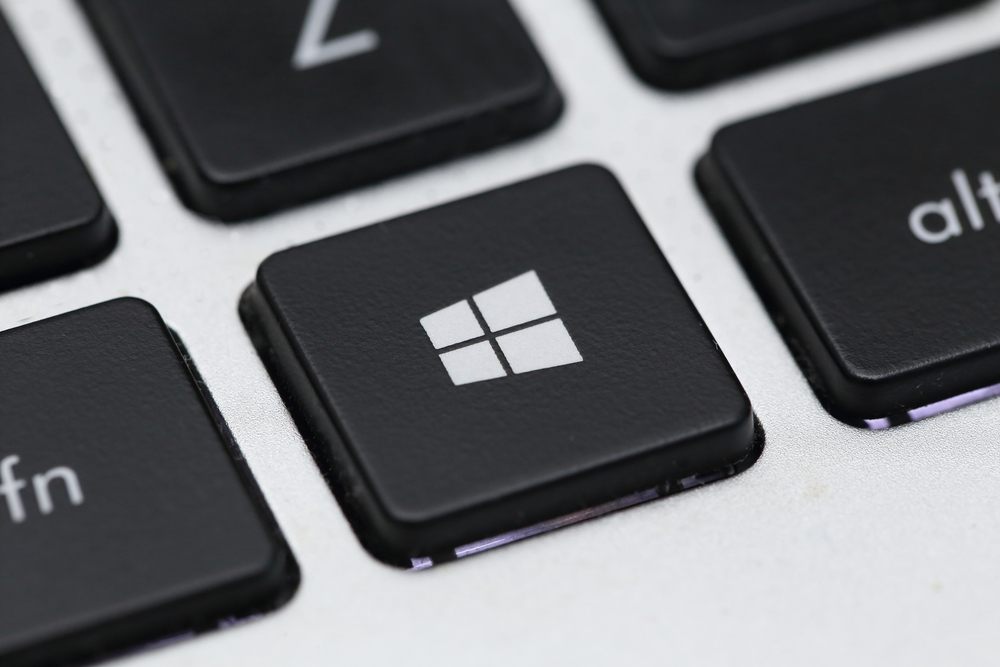
Windows 10 Insider Preview Build 14926 for PC and Mobile arrives on the Fast ring, introduces experimental features
It’s been two weeks since Microsoft rolled out a new Windows 10 build to Insiders on the Fast ring. In that time the company has been busy upgrading its build monitoring services.
Today, it's business as usual once more, as the company releases Build 14926 for PC and Mobile. The latest build is well worth the wait as this not only fixes the issue that was killing Wi-Fi for some users, and the problem causing bluescreen crashes for Kindle owners, but introduces several notable new features.
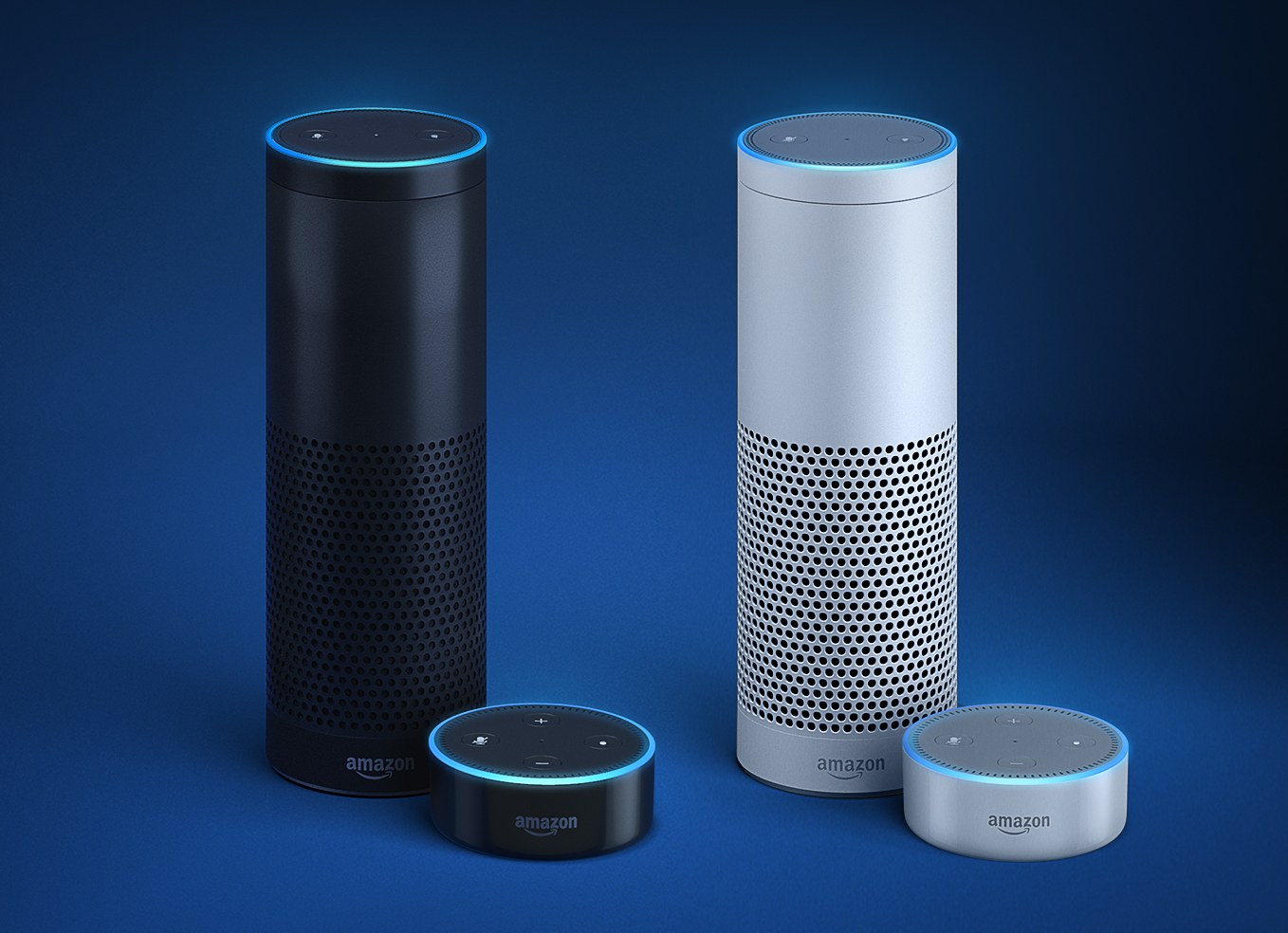
Amazon Echo, Echo Dot finally come to UK and Germany
Amazon released Echo in the US a year ago, and has introduced a wealth of additional features to it since. You can use the Bluetooth and Wi-Fi-enabled cylindrical speaker to get answers to your questions, order food, request a taxi, play music and even control your home.
For those of us in Europe the wait for Echo -- and its personal voice assistant Alexa -- has been a long one, but today the retail giant announces the device is finally set to be made available in the UK and Germany.
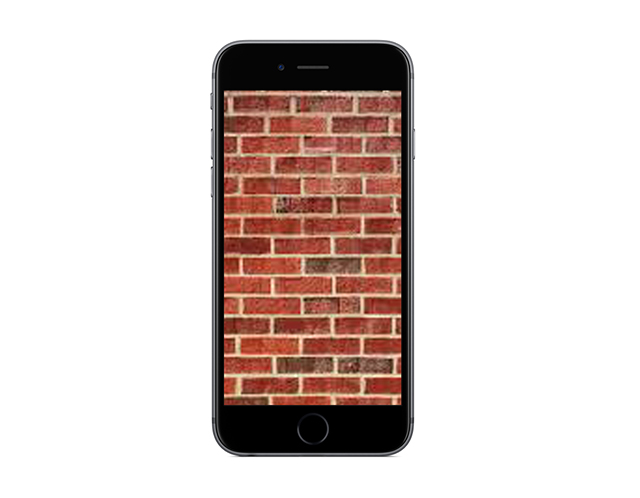
iOS 10 update bricking iPhones and iPads [Update]
I’ve been waiting patiently for iOS 10 to arrive, resisting the urge to try out any beta versions, and today is the big day when the update officially becomes available to all.
Imagine my joy when the new software update appeared ready to install on my devices a short while ago. And then imagine my horror when the installation bricked both my iPhone and iPad. Thanks Apple. Just the upgrade I didn’t want.

Windows 10 Anniversary Update may take up to three months to reach all users
The latest big update to Windows 10 began rolling out to users a month ago, but while the Anniversary Update officially became available on the 2 August, it was a staggered launch.
Microsoft targeted "newer" devices first, with those on older systems set to receive the update shortly afterwards. If you were keen to upgrade, you could of course hurry things along or take matters into your own hands.
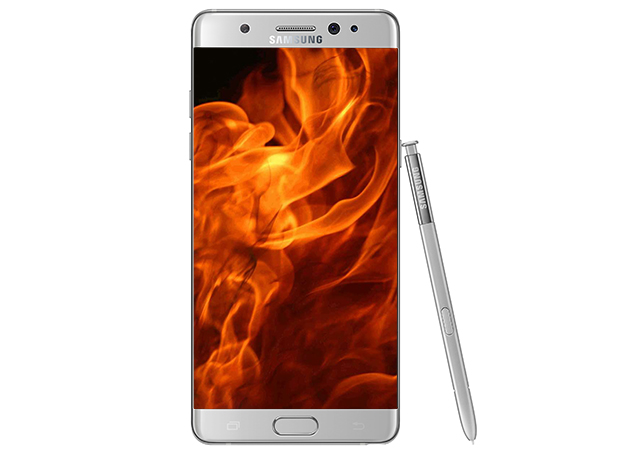
Have the exploding Galaxy Note7 phones put you off Samsung?
Samsung’s Galaxy Note7 smartphone has received universally favorable reviews, and looked to be a big hit for the South Korean company… and then came the news that some devices had exploded, leading to a massive recall.
Since then, in addition to the estimated $5 billion the recall is expected to cost, Samsung has seen $14.3 billion wiped of its market capitalization. There have been stories of children being injured by exploding devices, cars being set on fire, airlines warning passengers not to take the device on flights, and so on. It's a major catastrophe for Samsung.

Left-handed people should avoid the iPhone
I’m right-handed, but could easily have been born a leftie as both my dad, sister and nephew are left-handed. There are a lot of disadvantages to not being right-handed, although it’s not as bad as it once was, thanks to the introduction of things like left-handed scissors.
One modern issue you may not be aware of though, is being left-handed can seriously impact on the quality of calls you make and receive on a smartphone. Or, more precisely, on an Apple iPhone.
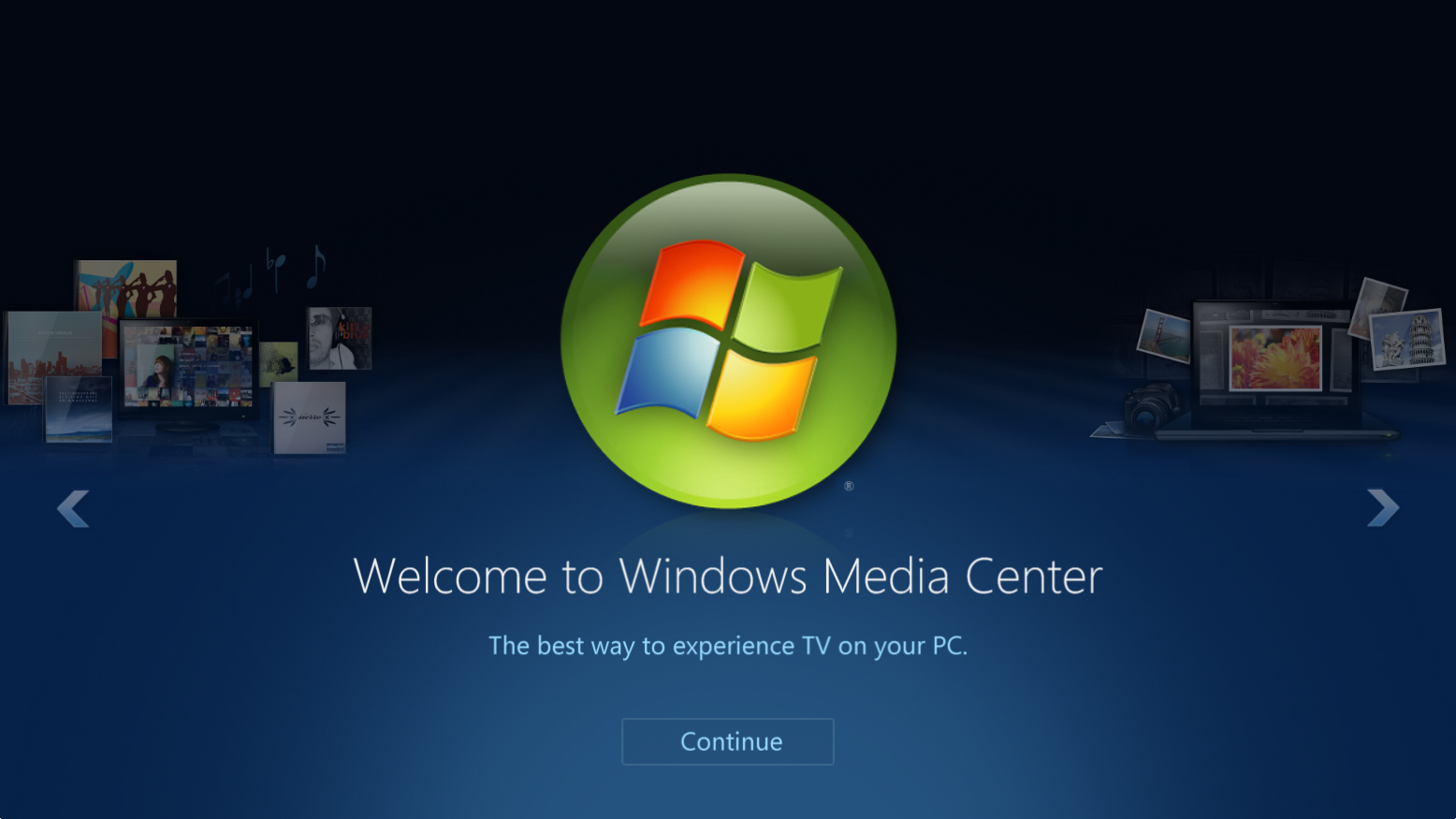
How to install Windows Media Center on Windows 10 Anniversary Update
Microsoft dropped Windows Media Center from Windows 10, citing "decreased usage" as the reason it would no longer be available. In its place the software giant released a DVD Player, but this was expensive and incredibly basic.
If you miss Windows Media Center, and alternatives such as Kodi aren’t filling the gap for you, the good news is you can, with a little trickery, install Windows Media Center on Windows 10.
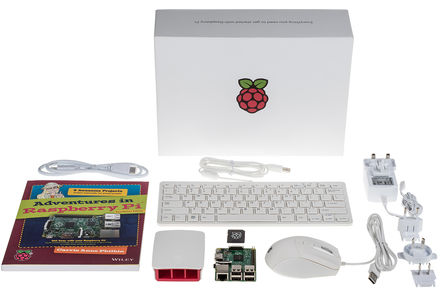
Raspberry Pi celebrates 10 million sales by launching an official Starter Kit
Raspberry Pi has been an incredible success. Originally aimed at schools, the credit card sized bare-bones computer has found an appreciative audience outside of the education system, and in just four and a half years sold a whopping 10 million.
I chatted with Liz Upton, Head of Communications at Raspberry Pi Foundation (and wife of the foundation’s Executive Director Eben), when they’d sold their first million devices, and things have certainly moved on a lot since then with the introduction of new models, and the $5 Pi Zero.
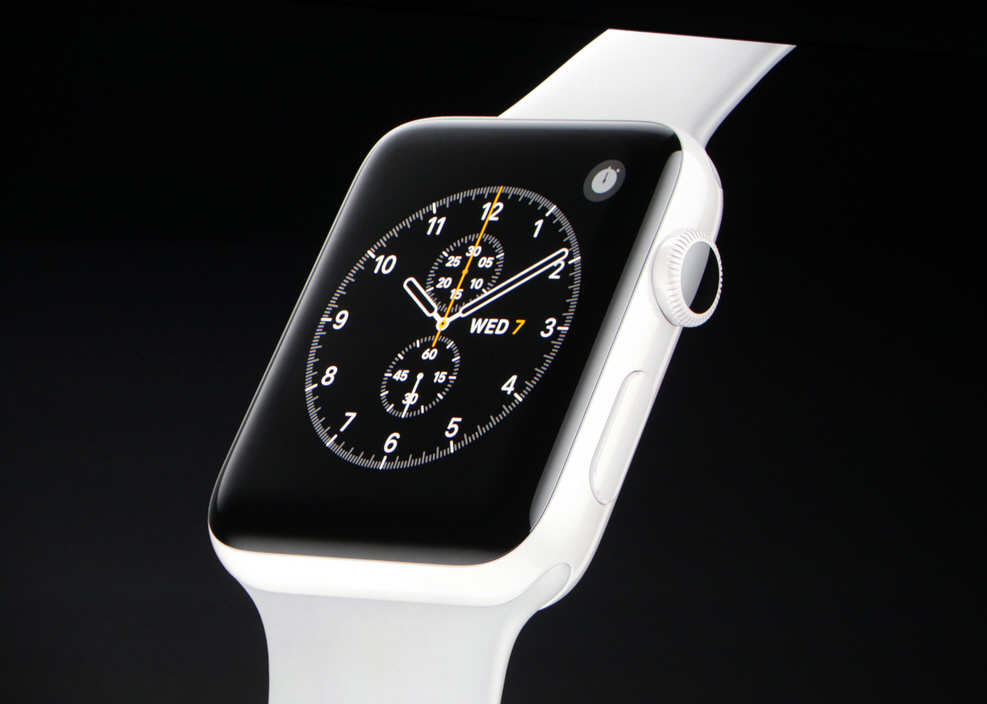
Apple unveils Watch Series 2 -- twice as fast and waterproof
The Apple Watch was first announced two years ago and arrived six months later. That's a long time in tech, so a refresh was always on the cards, and today Apple announces the wearable's successor -- Apple Watch Series 2.
It is, as you might expect, much faster, but there’s more to the new wearable than improved speed.
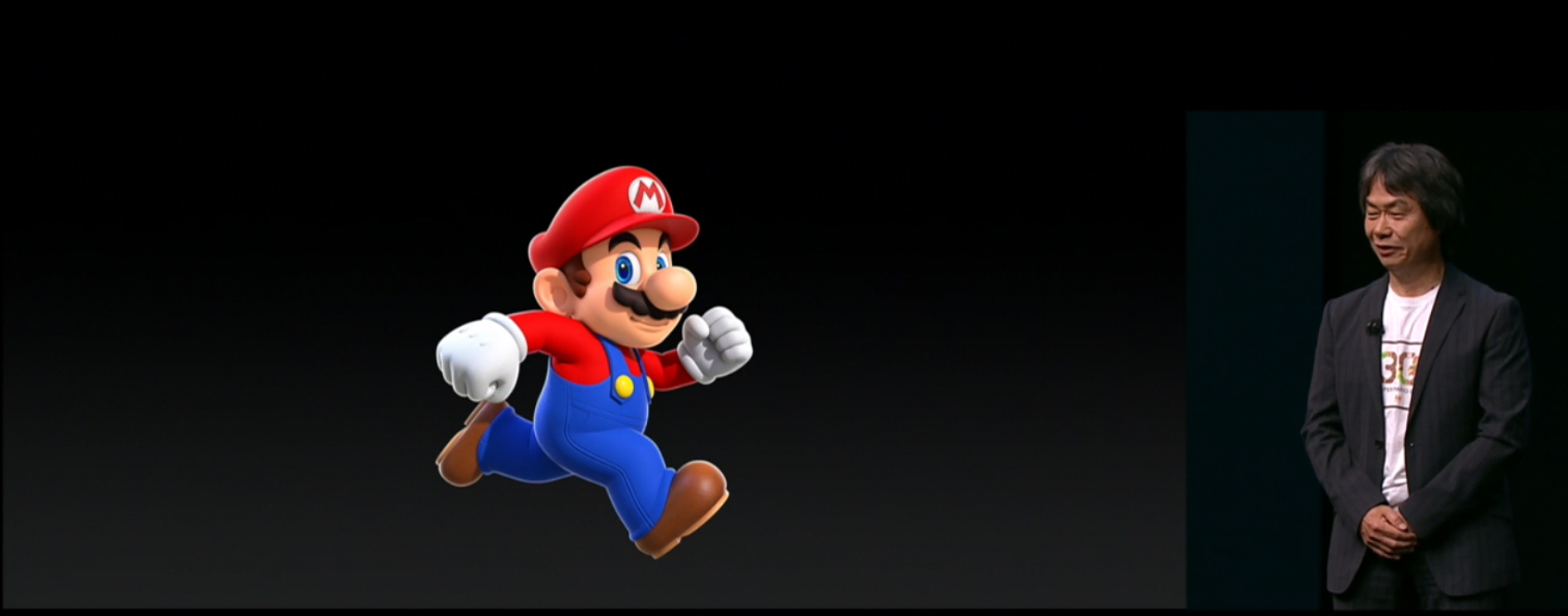
Mario comes to the Apple App Store… Sonic the Hedgehog fans rejoice
At today’s Apple event, Tim Cook spoke about the success of the App Store, with the big numbers being 140 billion downloads to date, 106 percent year-over-year growth, and 500,000 games in the store. But while there are some excellent games and franchises available, someone, he lamented, has been missing, until now… Mario!
Yes, Nintendo’s most famous character is set to finally arrive, officially, and exclusively on iOS, but anyone hoping for a traditional Super Mario Brothers game will likely be disappointed.
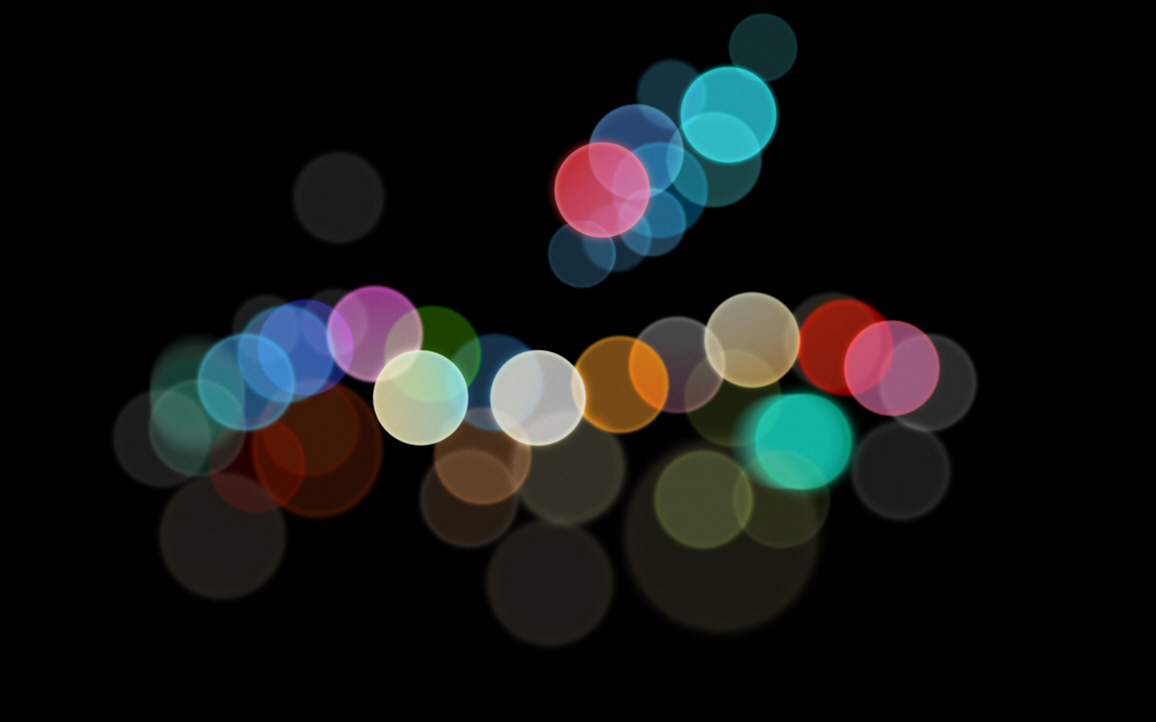
How to watch Apple's iPhone 7 launch live on any device including Windows, Linux and Android
In just a few hours, Apple will be taking the wraps off its latest smartphones, the iPhone 7 and dual-camera equipped 7 Plus. Will Apple ditch the headphone socket as rumored? Will we get our first glimpse of the Apple Watch 2? We'll find out soon enough. The event is scheduled to start at 10am PDT/6pm BST, and as always it will be streamed live so you can tune in at home or (maybe) work.
Apple likes to preach to the faithful, so there are the usual restrictions in place. Live streaming the event requires Safari 6.0.5 or later on OS X v10.8.5 or later; Safari on iOS 7.0 or later. Streaming via Apple TV requires second- or third-generation Apple TV with software 6.2 or later, or an Apple TV fourth generation. Windows 10 users can also tune in using Microsoft Edge.
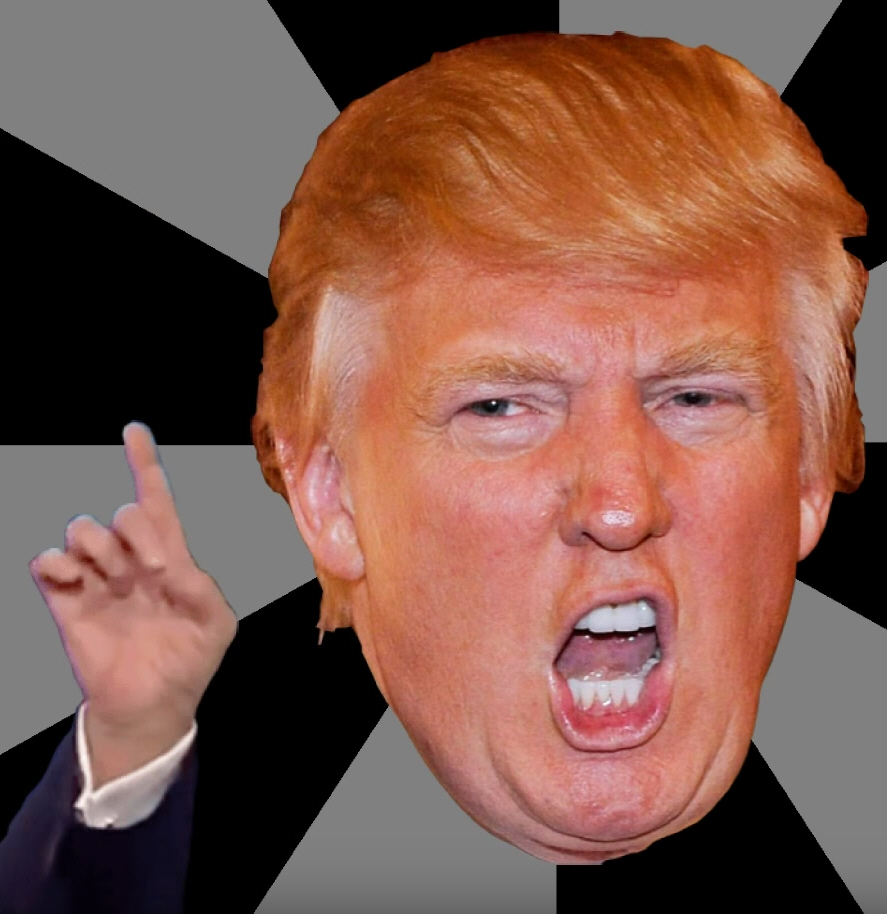
Anonymous takes on the news world with its own weekly show
While the majority of mainstream news gathering organizations attempt at least a degree of impartiality, bias is always to be found in some reporting. Is Fox News truly "Fair and Balanced"? We all know the answer to that.
Starting October 1, hacktivist collective Anonymous will be running its own weekly news show with the aim to "balance establishment media by providing unregulated investigative news that has not been molded to corporate or government interests".

Windows 10 Insider Preview Build 14915 killing Wi-Fi for some users, and there's no fix
Windows Insiders are beta testers for Windows 10. They get their hands on the latest builds, and get to try out the latest features. However, they also get to experience known issues and occasionally encounter show-stopping bugs.
A number of Windows Insiders on the Fast ring who installed the latest new release, Build 14915, which was pushed out just yesterday are reporting that it kills their Wi-Fi stone dead.
Writing at the Community forum, Microsoft says:

Why encryption is essential for everyone [Q&A]
If your laptop or smartphone gets lost or stolen, there’s the danger of its contents being accessed, which could prove a nightmare. If the device is encrypted, however, you can rest easy… Or can you?
Ebba Blitz, CEO of laptop encryption company Alertsec (and former host of Sweden's Shark Tank), chatted with me about the benefits and potential pitfalls of encryption, and revealed her top tips for keeping your data secure.

What impact has no longer being free had on Windows 10 adoption? (Spoiler: A surprising one)
Earlier this week Microsoft updated its Windows Trends page to show Windows 10 now having a whopping 39 percent of the global market, with a share of 50 percent in the US and 51 percent in the UK. What made these figures so impressive/unbelievable (delete as applicable) is they showed the standings as of June.
Today, NetMarketShare releases its desktop operating system usage share figures for August and, as you might expect, they paint a very different picture.

